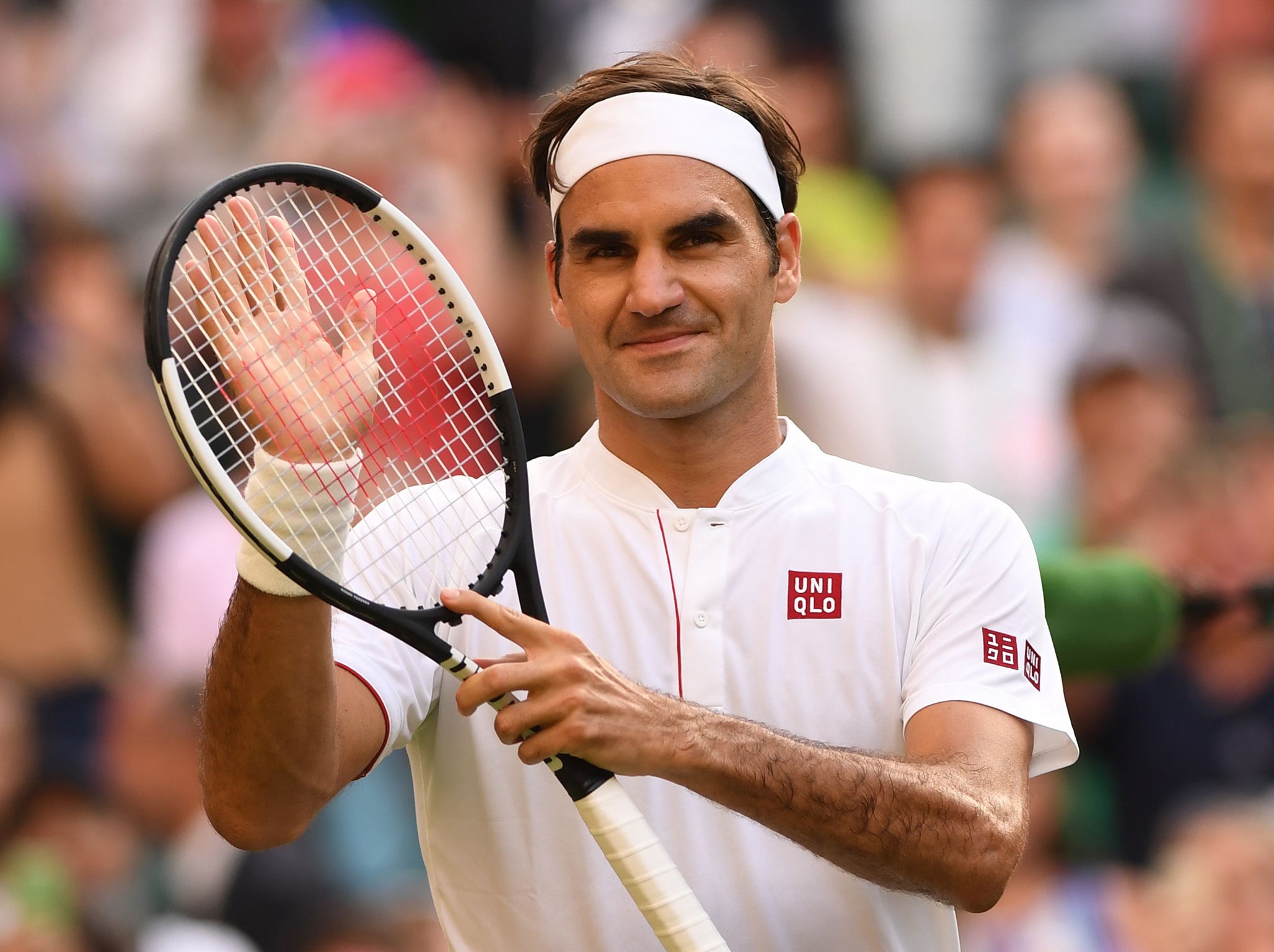Wimbledon's shocks and surprises: a change in the weather or a shift in the climate?
In the women's competition, nine of the top 10 seeds have failed to make it to the second week. So what exactly is going on?

Your support helps us to tell the story
From reproductive rights to climate change to Big Tech, The Independent is on the ground when the story is developing. Whether it's investigating the financials of Elon Musk's pro-Trump PAC or producing our latest documentary, 'The A Word', which shines a light on the American women fighting for reproductive rights, we know how important it is to parse out the facts from the messaging.
At such a critical moment in US history, we need reporters on the ground. Your donation allows us to keep sending journalists to speak to both sides of the story.
The Independent is trusted by Americans across the entire political spectrum. And unlike many other quality news outlets, we choose not to lock Americans out of our reporting and analysis with paywalls. We believe quality journalism should be available to everyone, paid for by those who can afford it.
Your support makes all the difference.The four Grand Slam tournaments might just be having a rethink. The sport’s four biggest events are currently planning to cut their number of seeded players next year from 32 to 16 in men’s and women’s singles, but after the carnage here over the last week it is a policy they might have to review.
The move towards 16 seeds was prompted by what seemed like a growing number of straight-sets victories by the top players in the first week. With the seeds all guaranteed not to face opponents ranked inside the world’s top 32 in the first two rounds, it felt to some observers that there were too many one-sided matches in the early stages.
That thinking, however, has been called into question by what has happened here at Wimbledon, particularly in the women’s draw. Nine of the top 10 women’s seeds have failed to make it to the second week – Karolina Pliskova, the No 7 seed, is the exception – while 14 of the 32 seeds did not live up to their seedings by reaching the third round. Meanwhile, only five of the top 10 men’s seeds survived the first week and only 16 of the 32 seeds made it to their allotted places in the third round.
The temptation might be to conclude that these are signs of an important shift in the sport – most notably a growing strength in depth – but a meteorologist would probably conclude that what has happened here in the last week has been a change in the weather rather than a shift in the climate.
Last year eight of the top 10 women’s seeds made it to the second week over the Championships – and no one would seriously suggest that there has been a significant change in the game in the space of just 12 months. Whatever the overall trends might be, you cannot draw sweeping conclusions from one tournament, especially one that is contested on a surface which troubles many of the world’s leading players.
If the 16-seed formula had been used here, we might have seen first-round match-ups like Roger Federer against Novak Djokovic and Rafael Nadal against Kei Nishikori or Kyle Edmund. Some might view that as a good thing in that it would generate more excitement in the early stages, but the tournaments themselves would probably conclude that they would rather have more of the big names going deeper into the tournament.
For all the shocks of the first week and the victories by unlikely players, there is still every chance that next weekend will see 36-year-old Roger Federer take on 32-year-old Rafael Nadal in a Wimbledon final for the fourth time – but the first in 10 years – and 36-year-old Serena Williams face 30-year-old Angelique Kerber in a repeat of their 2016 final.
Would such a last weekend be good for the game? There is no doubt that Federer, Nadal and Williams are the sport’s biggest box-office attractions. In the face of competing attention from the World Cup – especially on home soil and especially if England reach the final in Moscow – that might be the best way to keep Wimbledon near the very top of the sporting agenda, but in the longer term tennis needs a flow of younger players to emerge, particularly those with characters that can capture the public’s imagination.
Anyone with an eye on the sport’s future health will be encouraged by the progress of Stefanos Tsitsipas, who at 19 is the youngest player left in the men’s draw, and of Jelena Ostapenko, Daria Kasatkina and Belinda Bencic, who at 21 are the youngest women through to the second week.

What is also striking about the fourth round line-up in the women’s singles is the concentration of Europeans. For all the talk of the expansion of the sport into Asia, 32-year-old Su-Wei Hsieh is the only Asian left in the field. The sport’s traditional great powerhouse, the United States, is represented only by Williams. If tennis is to prosper globally, American success is crucial.
In the men’s draw, meanwhile, the value of a big serve remains as true as ever, with Juan Martin del Potro, Kevin Anderson, Milos Raonic and John Isner all through to the last 16. The quarter-final line-up could yet be a highly predictable one: Federer v Anderson, Raonic v Isner, Djokovic v Nishikori and Nadal v Del Potro. So much for a changing of the guard.
Join our commenting forum
Join thought-provoking conversations, follow other Independent readers and see their replies
Comments